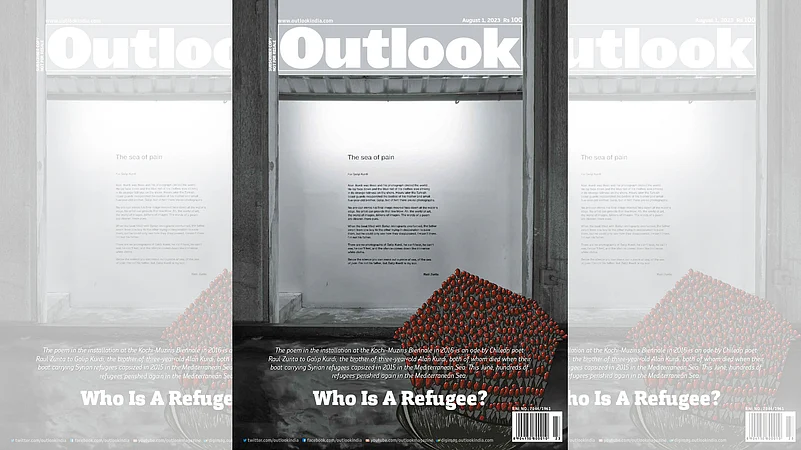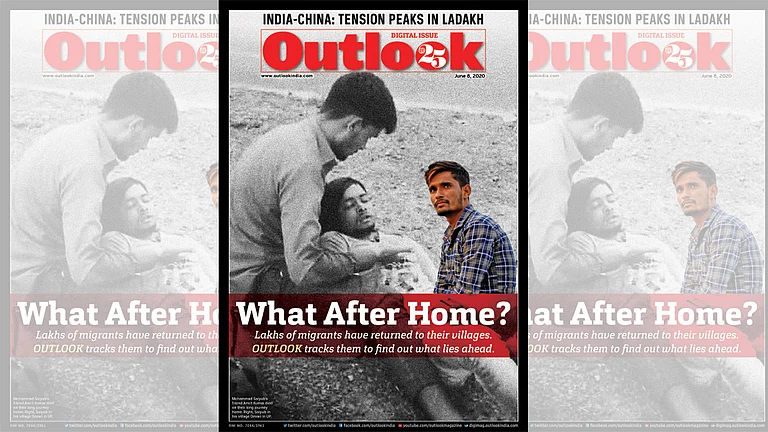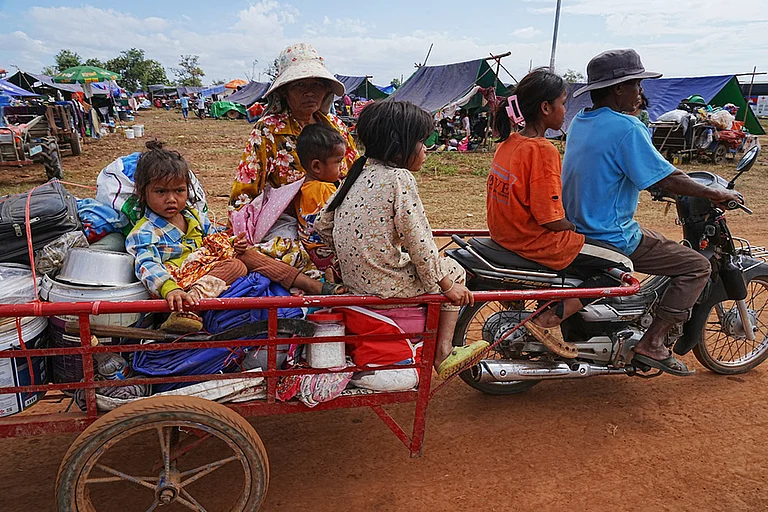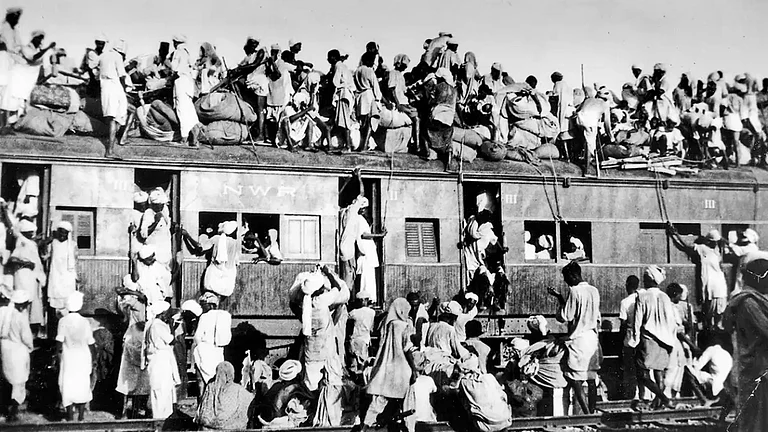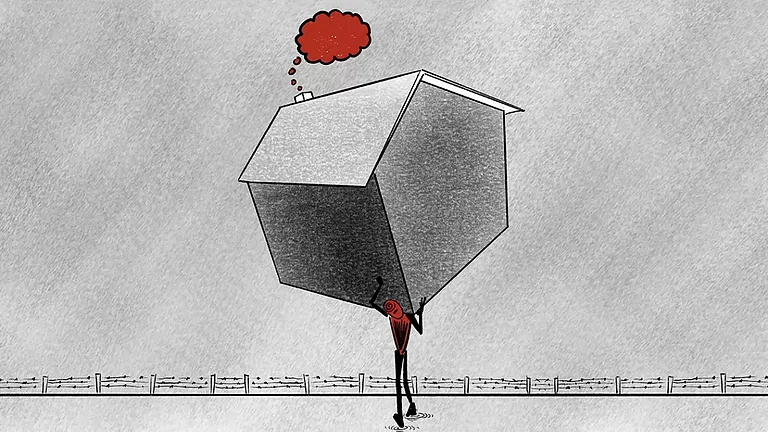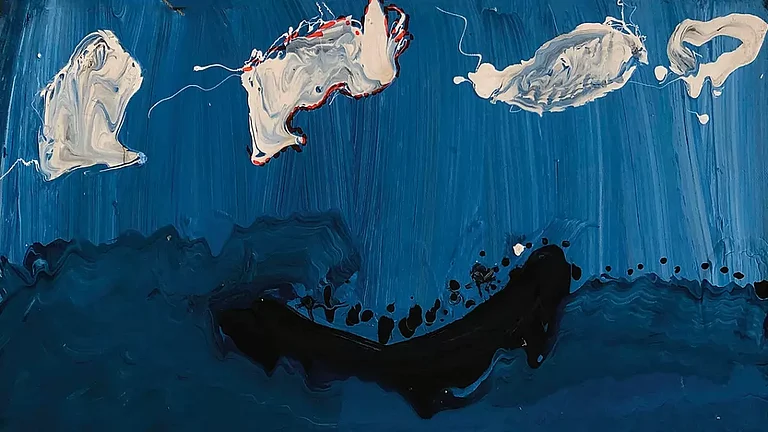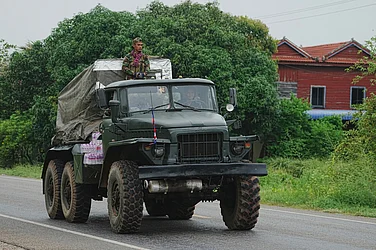The Sea of Pain
For Galip Kurdi
Amin Kurdi was three and his photograph circled the world. He lay face down and the blue and red clothes were striking in their strange tidiness on the shore. Hours later the Turkish coast guards recuperated the bodies of his mother and five-year-old brother, Galip, but there are no photographs.
No one can mimic his final image– moored face down at an ocean’s edge. No artist can provide that low blow. Ah, the world of art, world of images, billions of images. The words of a poem are cleaner, more pure.
When the boat filled with Syrian immigrants overturned, the father swam from one boy to the other trying in desperation to save them, but he could only see how they disappeared. I wasn't there.
I'm not his father. There are no photographs of Galip Kurdi, he can't hear, he can't see, he can't feel, and the silence comes down like immense white cloths.
Below the silence you can make out a piece of sea, of the sea of pain. I'm not his father, but Galip Kurdi is my son.
Raúl Zurita
In the quiet, treacherous waters off the coast of Yemen, a dream of a new life turned into a watery grave. A single boat packed with 154 people from Ethiopia capsized, leaving in its wake a trail of devastation.
At least 68 people died and another 74 were lost to the sea, the United Nations migration agency said. Their hopes, once so powerful they propelled them across a continent, were extinguished in an instant.
Abdusattor Esoev, who heads the UN’s International Organization for Migration (IOM) in Yemen, shared the grim details. Only twelve people survived the shipwreck off Yemen’s Abyan province.
The sea, indifferent to their plight, returned the bodies of 54 refugees and migrants to the shores of Khanfar district. Fourteen others were discovered elsewhere, their journey ending in a cold mortuary in a strange hospital in a strange land.
On the ground, Yemeni health authorities must deal with the aftermath. Abdul Qader Bajamil, the local health office director, spoke of making arrangements to bury the victims near Shaqra city. All the while, the search for the missing continues, a desperate effort against the odds in difficult conditions.
This tragedy is not an isolated event. The waters separating the Horn of Africa from Yemen are a well-trodden but perilous path. It is a route of desperation and hope, traveled by those fleeing poverty and conflict.
While the civil war that erupted in Yemen in 2014 saw many Yemenis flee, the path is also used by those heading in the opposite direction towards Saudi Arabia.
For many, especially young people from Ethiopia and Somalia, Yemen is not the final destination. It is a dangerous stepping stone towards the dream of finding work in the more prosperous Gulf countries, particularly in Saudi Arabia.
Driven by the desire to make something of their lives, they place their bodies in the hands of smugglers. These networks operate from coastal towns like Bossaso in Somalia and Obock in Djibouti, packing people onto often unseaworthy, overcrowded boats to cross the Red Sea or the Gulf of Aden.
The IOM has called this route one of the "busiest and most perilous" in the world. The numbers tell a grim story. Last year alone, 558 people died along this path. Over the past decade, the sea has claimed at least 693 known lives, with a total of 2,082 people having disappeared along the route.
This single, horrific story from the coast of Yemen is a chapter in a much larger, global book of human displacement. By the end of April 2025, the world faced a staggering crisis of human displacement, with more than 122 million people having been forcibly driven from their homes due to persecution, conflict, violence, or severe human rights violations.
The largest portion of this displaced population, totaling 73.5 million people, remained within the borders of their own countries as internally displaced people.
In addition to this immense internal displacement, 42.7 million people had crossed international borders to seek safety as refugees.
Furthermore, the global figure included 8.4 million asylum seekers awaiting decisions on their protection claims, as well as another 5.9 million people identified as being in dire need of international protection, collectively painting a grim picture of widespread instability and human suffering on a massive scale.
For a Syrian refugee, home is now a ghost, a memory from before the civil war that the UN Refugee Agency (UNHCR) reports has uprooted over 14 million people, with 6 million fleeing abroad.
This desperate search for safety is mirrored by the 4.5 million Yemenis driven from their homes by a forgotten catastrophe, where the UN's humanitarian office (OCHA) estimates 19.5 million people need urgent aid to survive against starvation and a collapsed healthcare system.
Across Asia, the story is one of enduring fear. For an Afghan refugee, peace is a foreign concept after forty years of conflict, with the UNHCR tracking 6.4 million scattered globally.
Perhaps no group embodies the pain of being stateless more than the Rohingya. Driven from Myanmar by ethnic cleansing, nearly one million, according to the UNHCR, now live in the sprawling camps of Bangladesh—a people in limbo, stripped of citizenship and entirely dependent on aid.
From the rubble of Syria to the crowded camps of Bangladesh, and from the worn-out tents in Afghanistan to the perilous sea off Yemen, these refugees are more than just statistics.
Theirs are stories of survival against impossible odds, a mirror reflecting the world's political failures, and a profound testament to the resilience of the human spirit.
While these represent some of the world's most painful and prominent crises, they are tragically not alone; there are many more
In its August 1, 2023 issue titled Who is a refugee? Outlook Magazine sought to confront the growing indifference known as "compassion fatigue" by asking a profound question: Who is a refugee? It challenged readers to look beyond simple definitions and consider the deep, personal reality of displacement.
Is a refugee someone who carries their lost home within them while being treated as an outsider, or are they an outsider even to themselves, forever severed from the idea of belonging?
By posing this question, the magazine aimed to reawaken empathy and remind us of the human soul at the center of the crisis.
In All Death Is Not Equal by Outlook’s Editor Chinki Sinha highlights a painful truth by comparing two sea tragedies. The world was captivated by the story of five wealthy adventurers who died in a submersible visiting the Titanic, learning every detail of their lives.
In stark contrast, the hundreds of desperate refugees who drowned on an overcrowded fishing trawler at the same time were almost completely ignored, remaining a nameless, faceless statistic.
She argues that this reveals a disturbing reality: we often value the lives of the rich more than the poor and care more about protecting borders than saving human beings.
Snigdhendhu Bhattacharya’s Tibetans To Rohingya Muslims: All Refugees Are Not Equal In India argues that in India, not all refugees are treated equally. Because India has no formal refugee law, its government's approach is driven by politics and religion.
For example, Tibetan Buddhists are welcomed and supported, while Rohingya Muslims are labeled "illegal migrants" and face detention. This selective policy is solidified by the Citizenship Amendment Act (CAA), which favors non-Muslim minorities from specific neighboring countries while excluding ot
In Refugees Are Pouring Into The Divisive Waters Of Europe’s Far-right Politics , Seema Guha highlights a disturbing pattern: after tragic drownings of desperate migrants at sea, like the ship Adriana, initial sympathy quickly fades, replaced by fear of terrorism and anti-immigrant sentiment.
Fueled by right-wing politics, this leads to harsher government policies and a double standard, where refugees from conflict like Ukraine are welcomed, but those from Africa and the Middle East are met with hostility.
Europe faces a dilemma, needing migrant workers for its aging population but politically fearing their arrival.
Ainnie Arif defines a refugee's homeland as a ‘ghost’ that walks beside them, a collection of memories they can never fully leave behind, in World Refugee Day: Ghosts of Home.
It grounds this profound personal loss in the staggering global crisis, citing the UNHCR's figure of 123.2 million people forcibly displaced by the end of 2024. Written on the World Refugee Day the article highlights that the struggle continues long after flight.
It highlights the harsh realities that follow, from legal limbo to the unequal treatment shown in India, where Tibetan refugees are given more privileges than others. Ultimately, it concludes that refugees are caught between memory and survival—carrying their lost homes in their hearts while trying to build new lives in lands that still label them as "other."






